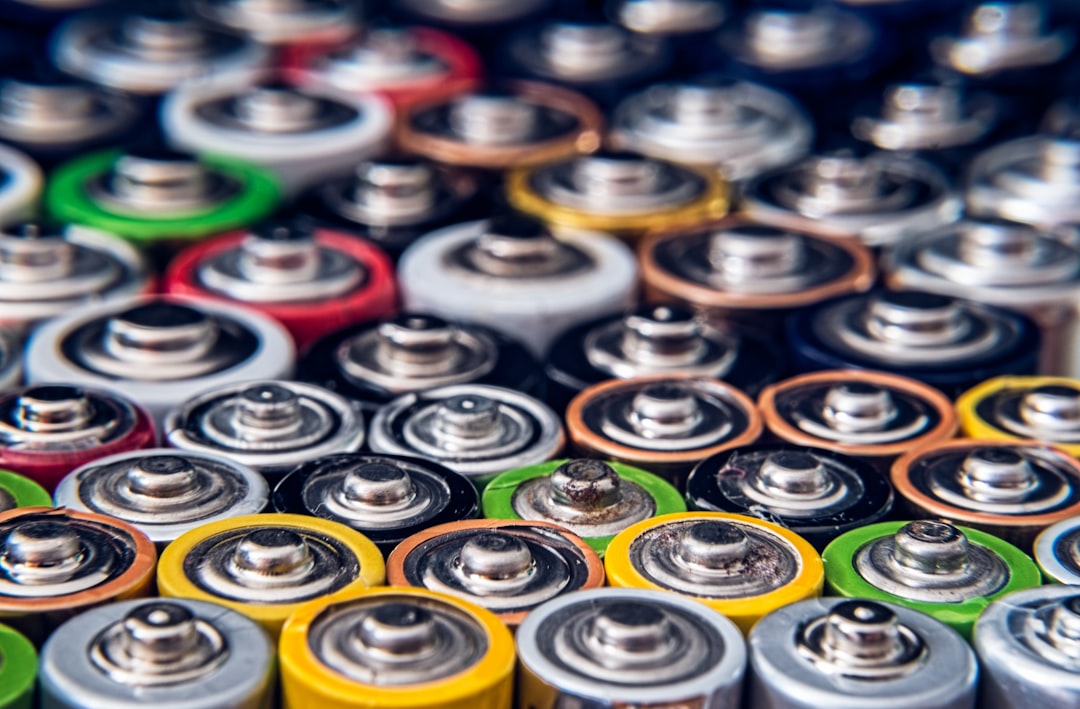Often in our technological world, we take batteries for granted. The rich history unfolding over millennia brought us to our present day, but the story of human ingenuity and innovation is one worth telling before we consider the all-important future of battery technology.
History
The first recorded battery dates to around 250 BC. There are many examples of our ancient ancestors discovering resources that are so vital for life on Earth today, but with little knowledge to efficiently utilize them. Batteries are one such example. Named The Baghdad Battery due to its origin, it depicted a clay jar with an iron rod and copper cylinder. Its existence is debated but if it did truly exist, it would likely be used for electroplating (coating an object in a layer of metal).
We fast forward to the 1800s when Alessandro Volta created the first chemical battery. The Voltaic Pile consisted of layers of zinc and copper separated by cardboard and seawater. The contact between the two metals created a difference in voltage, which in turn produced an electric current in a closed circuit.

After Volta’s first chemical battery, the next few decades, especially the 1830s and 1840s saw rapid development. British chemist John Frederic Daniell developed the Daniell Cell in 1836 which used a copper pot with a copper sulphate solution and a zinc rod in a zinc sulphate solution.
In 1839, the Grove Cell combined zinc and platinum electrodes in nitric acid and sulphuric acid. This cell produced a higher voltage than any batteries before.
Robert Bunsen, who also designed the Bunsen burner, improved Grove’s cell by replacing an expensive platinum electrode with an equivalent carbon one. You guessed it, this was named the Bunsen Cell.

Another problem with these early batteries was they were used and disposed of. Gaston Plante’s Cell changed that when he created the first rechargeable battery dubbed the lead-acid battery in 1859.
Until 1866, most batteries stemmed from Alessandro Volta’s Voltaic Pile design. French engineer Georges Leclanché created a battery termed the Wet Cell, that packed the anode and cathode in an ammonium chloride solution.
The clear process of innovation can be seen through the creation of batteries as we know them today. A problem with Leclanché’s battery was the potential for liquid electrolytes to leak. German Carl Gassner worked to solve this problem with his dry cells that continued to revolutionize the battery industry with his Gassner Cell. It was from this that the modern alkaline batteries emerged. Swedish engineer Waldemar Jungner created the Mercury Cell in 1899 which was used for many years before the toxicity of mercury ensured the battery was phased out for healthier alternatives. Thomas Edison even threw his hat in the game with a less successful Nickel-Iron Battery due to its lower efficiency than Plante’s lead-acid battery.

It took over 50 years from Edison’s attempts for Lewis Urry of Canada to develop the Alkaline Battery during his work at Eveready Battery Company, now named Energizer Holdings. They use an alkaline electrolyte, typically potassium hydroxide that exists in the form of a gel, so we no longer have the problem of liquid electrolyte leaks to contend with. They have much longer shelf lives and higher energy density. They were reliable, easy to use, and completely versatile. It was a revolutionary improvement to the historic battery technology and as such, it achieved economies of scale. Competition drove innovation and costs plummeted further. Innovation occurred over centuries, and then when all the pieces of the jigsaw are completed, it can occur very quickly. Through the export of labour and raw materials, costs were lowered through globalisation. The Alkaline Battery was a vital improvement on the previous batteries, and they continue to power small toys and remote controls to this day.
Each battery improved on the last or solved a problem possessed by its predecessor. The Voltaic Pile solved the problem of generating a continuous and reliable electric current. The Daniell Cell increased efficiency by addressing polarization. The Dry Cell solved the problem of leakage and the portability of batteries. Jungner’s battery solved the problem of limited lifespan, and Plante’s cell achieved the same thing.
The alkaline battery continued to improve the battery life and reliability of power. The batteries of today, and the future, will continue to aim to do the same.
This rich history brought us close to the present narrative. The battery discussed so often in the modern age is the lithium-ion battery.
Keep reading with a 7-day free trial
Subscribe to Geopolitics Explained to keep reading this post and get 7 days of free access to the full post archives.


